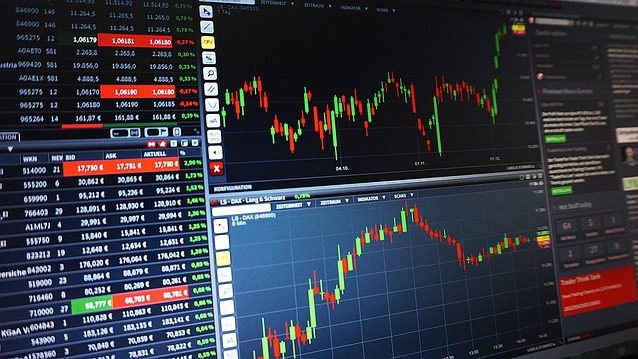
The Cautious Optimism of Cashing In on China
The winds of change have swept through the global financial landscape as trade tensions between the U.S. and China start to ease. The Hang Seng China Enterprises Index has highlighted a notable rebound, surging nearly 17% since early April. Despite this uplifting trend, options traders remain circumspect, treading carefully while contemplating investments in Chinese equities. This hesitation reflects a broader uncertainty in a market still wrestling with the implications of a healing but fragile relationship between two economic giants.
Why Caution Persists: Analyzing the Trends
While hedging costs against downturns have returned to average levels, investors' wariness is palpable. The recent performance of exchange-traded funds tracking Chinese stocks in the U.S. indicates a reluctance to fully endorse this upward momentum. The cautious approach stems from lingering concerns regarding the economic outlook and labor market trends, which could impact corporate earnings and ultimately, stock performance.
The Broader Economic Landscape
As CFOs, CEOs, and strategic planning executives navigate these uncertain waters, they face the challenge of reconciling current trends with potential future outcomes. Investors are paying close attention not just to stock gains but also to fiscal policy insights that could influence markets. Global economic conditions are evolving, and the need for recession readiness is becoming more pressing than ever as business leaders remain vigilant of inflation response strategies.
What's Next? The Global Impact of Domestic Decisions
Trade dynamics are not just numbers on a spreadsheet; they resonate deeply with workforce economics and supply chain stability. Business leaders must consider the emotional and human aspects of these decisions, as market disruptions affect communities and industries worldwide. As we assess opportunities and challenges, the overarching economic leadership will play a pivotal role in determining the pathway to recovery.
As the proverbial dust settles from the U.S.-China trade dialogue, embracing a responsive strategy while maintaining investment caution will be key for executives looking to navigate this landscape effectively. Understanding the risks and opportunities will ultimately guide them in making informed decisions as they turn towards a potentially prosperous future.
 Add Row
Add Row  Add
Add 




Write A Comment